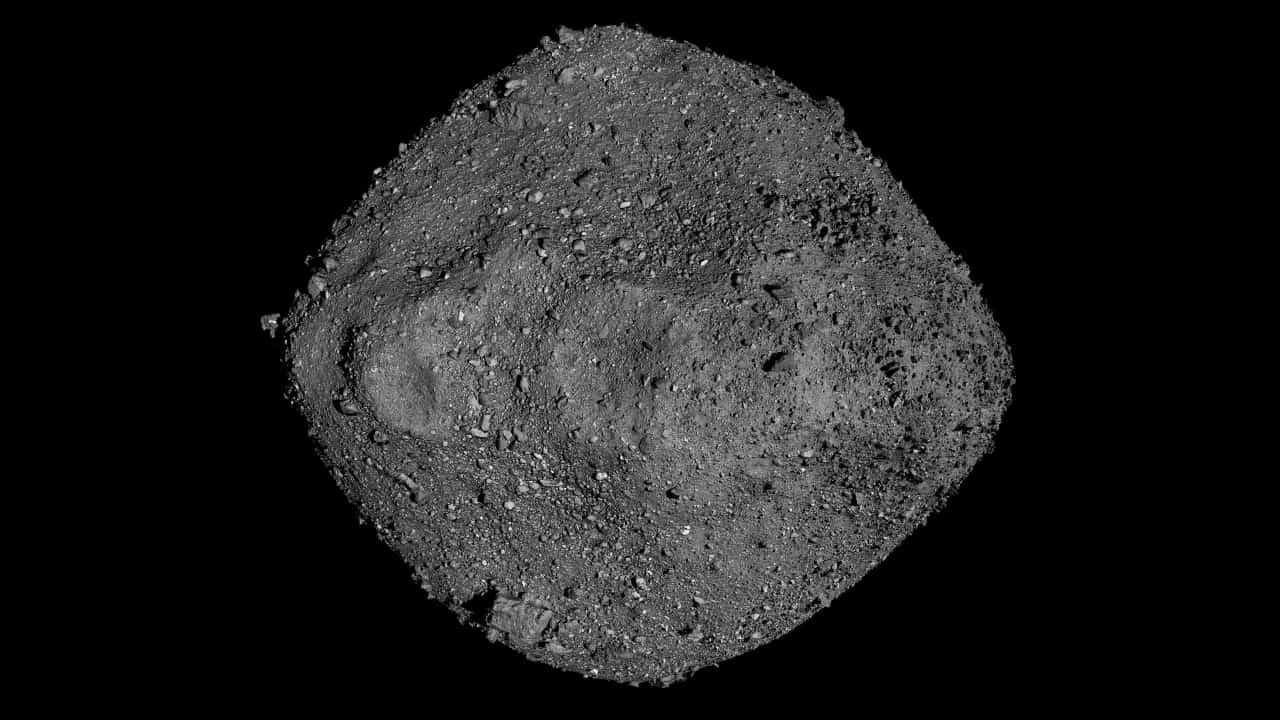The first analyzes of materials collected from the asteroid Bennu were performed by NASA’s OSIRIS-REx mission, and scientists found signs of the presence of organic molecules and other materials that have not yet been identified and piqued the interest of scientists.
- The OSIRIS-REx spacecraft left Earth in 2018 toward Bennu, a near-Earth orbiting asteroid of the Apollo constellation.
- The mission reached the surface of the space rock at the end of 2020 and dived half a meter into its surface for approximately 17 seconds to collect samples.
- In late September, the spacecraft left samples on Earth for study, and now scientists have obtained their first detailed observations of Bennu.
Bennu’s samples are rocks that range from millimeters to centimeters in diameter, and have a rough texture that sticks to everything. The first description of the samples was obtained by scientists on December 11 through spectroscopy, which notes the composition of the material based on how it reflects different lengths of light.
We certainly have moist, organic-rich remnants from the early solar system, which is exactly what we expected when we first envisioned this mission nearly 20 years ago.
Dante Lauretta, the mission’s principal investigator, in response to Live Science
Bennu’s samples show a dominant blue spectral signature. However, this is of interest to researchers because they cannot currently explain what this means. The hypothesis is that space rocks contain more water than scientists think.
In addition to this mysterious substance, it has also been observed that the substance is rich in carbon and organic materials. The investigation also revealed the presence of magnesium, sodium and phosphorus in Bennu’s samples, a combination that also intrigued scientists.
I’ve been observing meteorites for a long time and have never found anything like this before. It’s a concern now. What is this substance?
Dante Lauretta
Read more:
Not all Bennu materials have been analyzed yet
The analyzed material from Bennu is only what was extracted from the outer covering of the sample capsule. This is because the spacecraft collected so much material that part of the particles began to leak out and became trapped in the head of the collector, which was protected by the outer cover.
Two faulty fasteners on the capsule prevent investigators from accessing all of the material collected. Until new tools are approved to open it, researchers use forceps to take samples from the partially opened flap.
Some of the material has been sent for analysis to the NASA-supported Reflection Experiments Laboratory (RELAB) in Rhode Island, and some to the Natural History Museum in London. The new results of Bennu’s analyzes are scheduled to be presented in the Northern Hemisphere spring during a scientific meeting.

“Wannabe internet buff. Future teen idol. Hardcore zombie guru. Gamer. Avid creator. Entrepreneur. Bacon ninja.”

